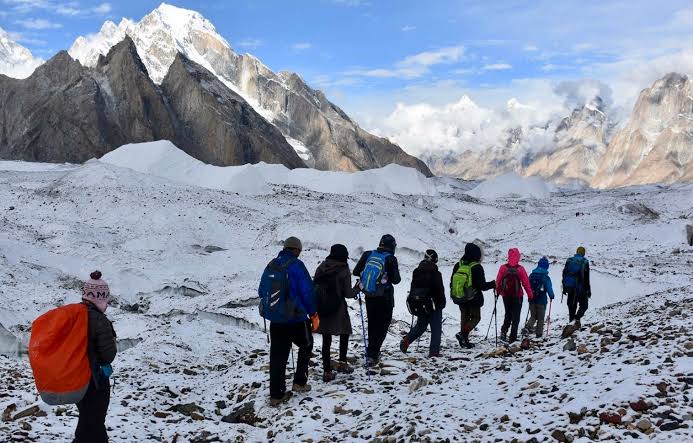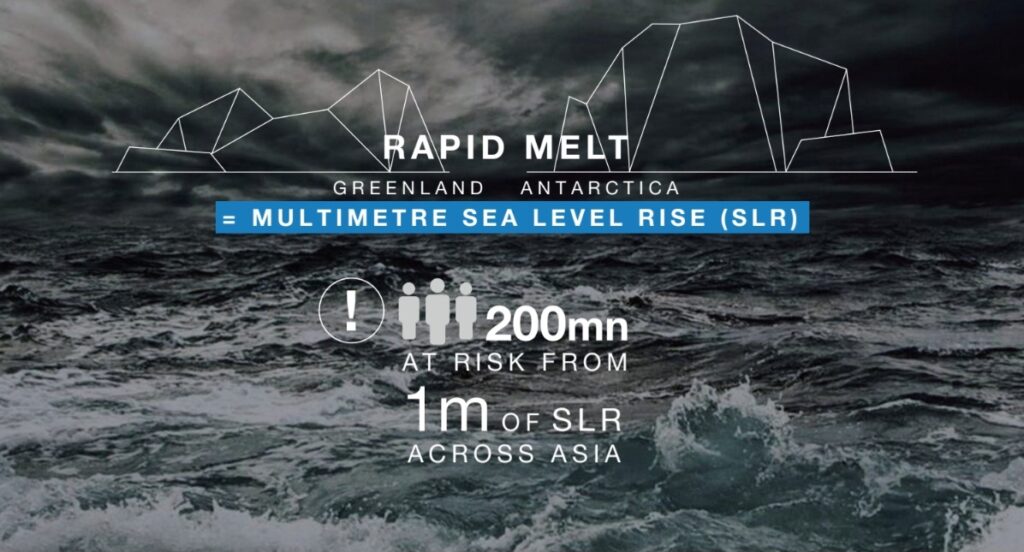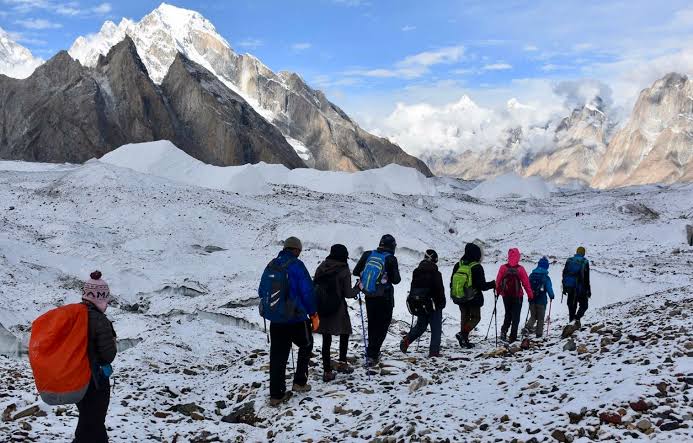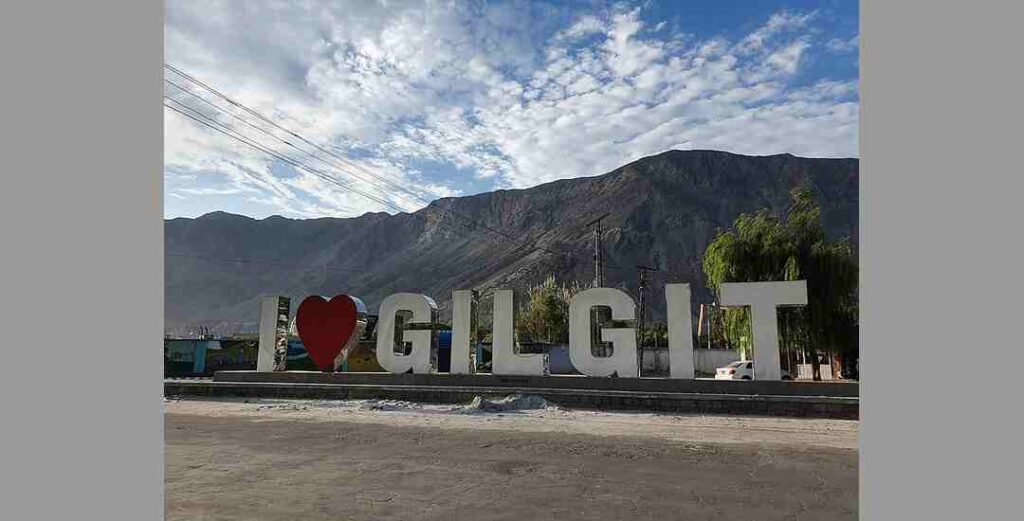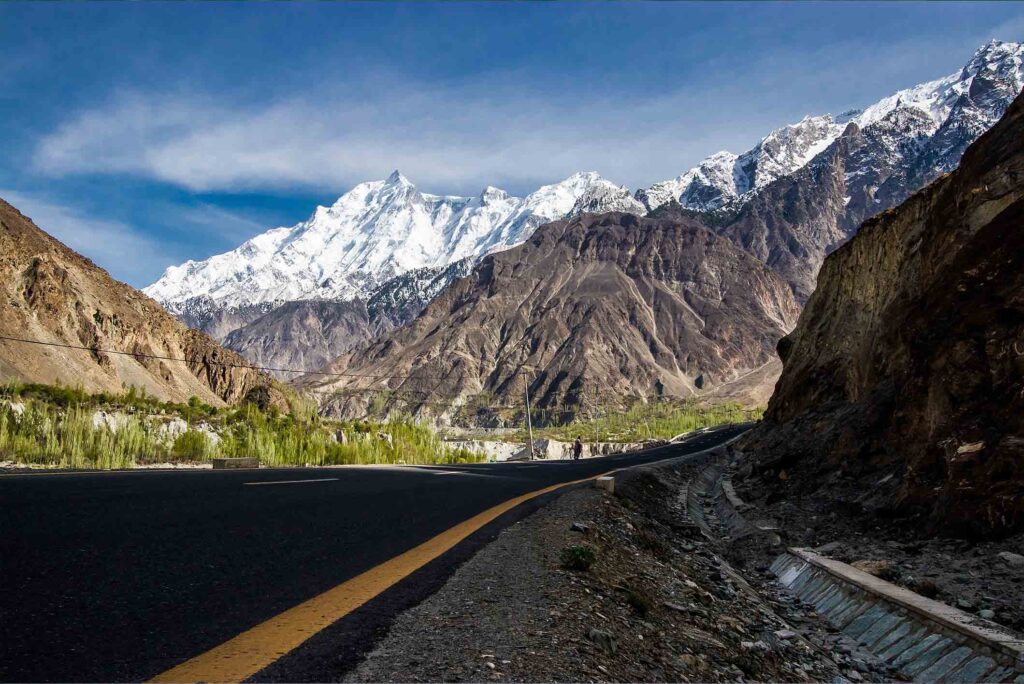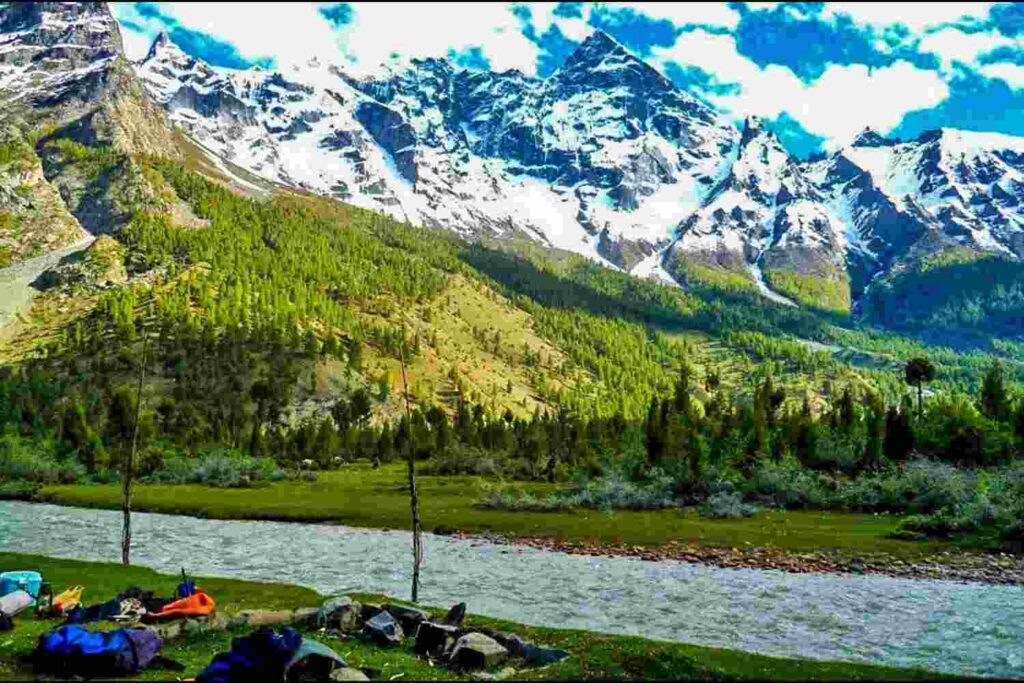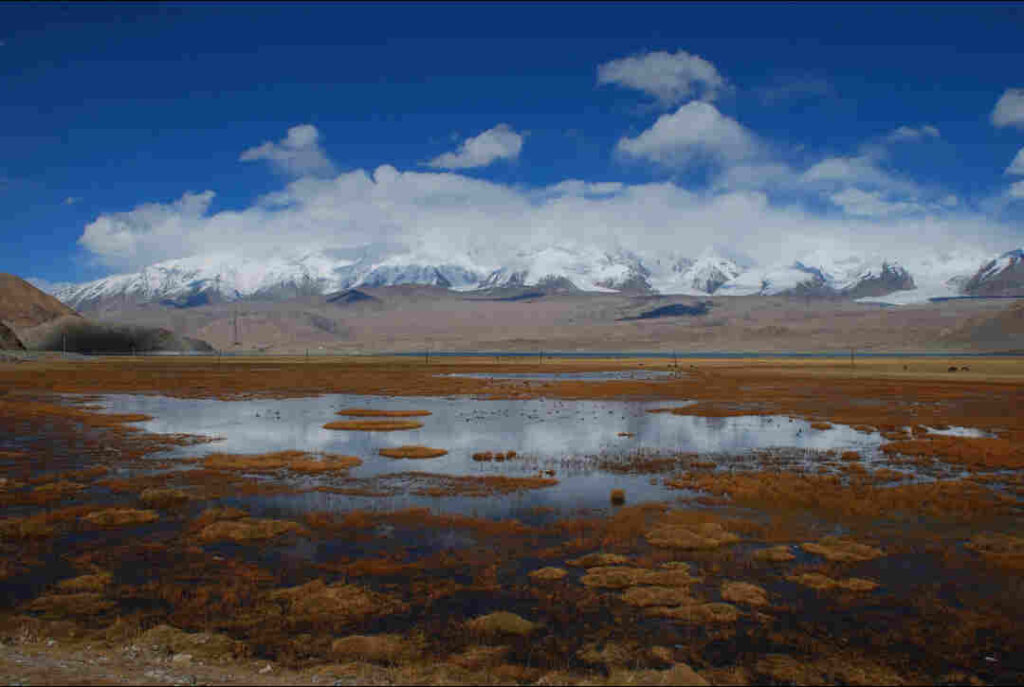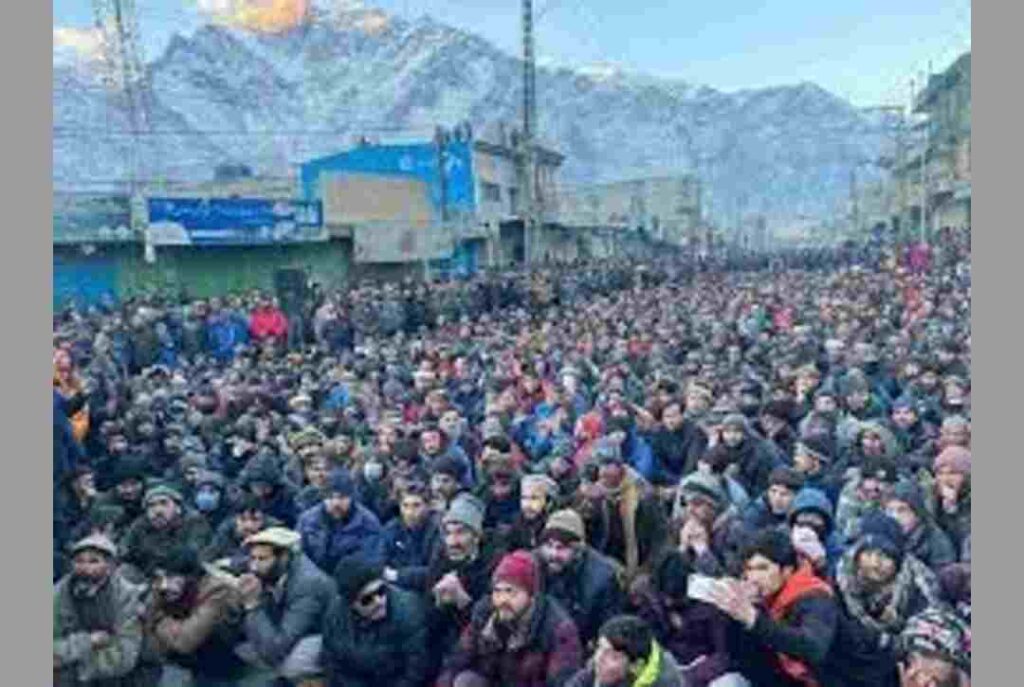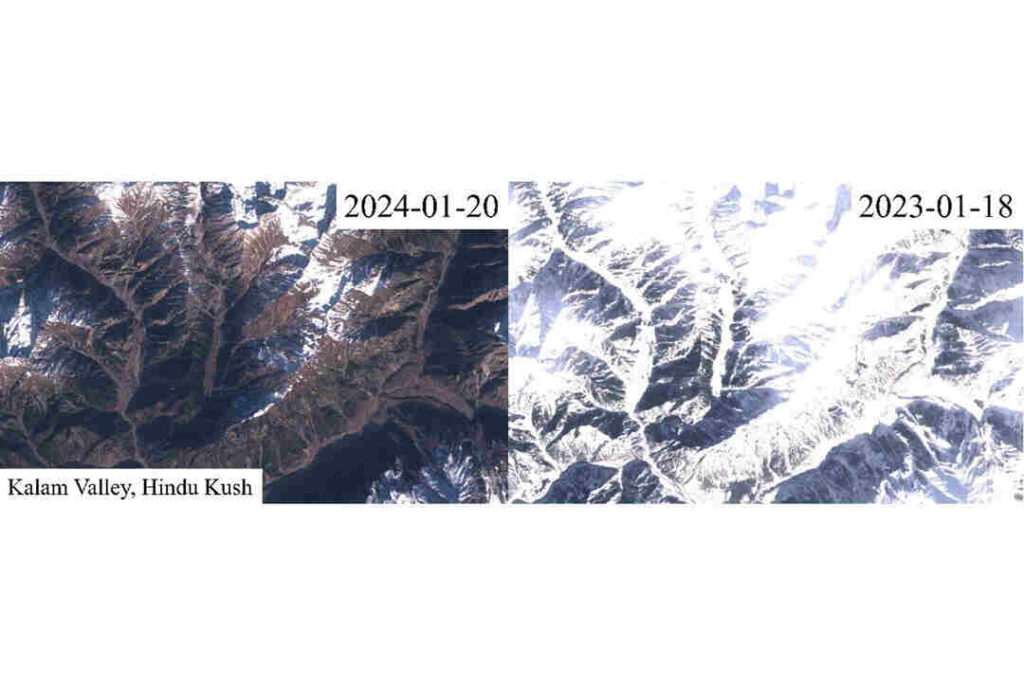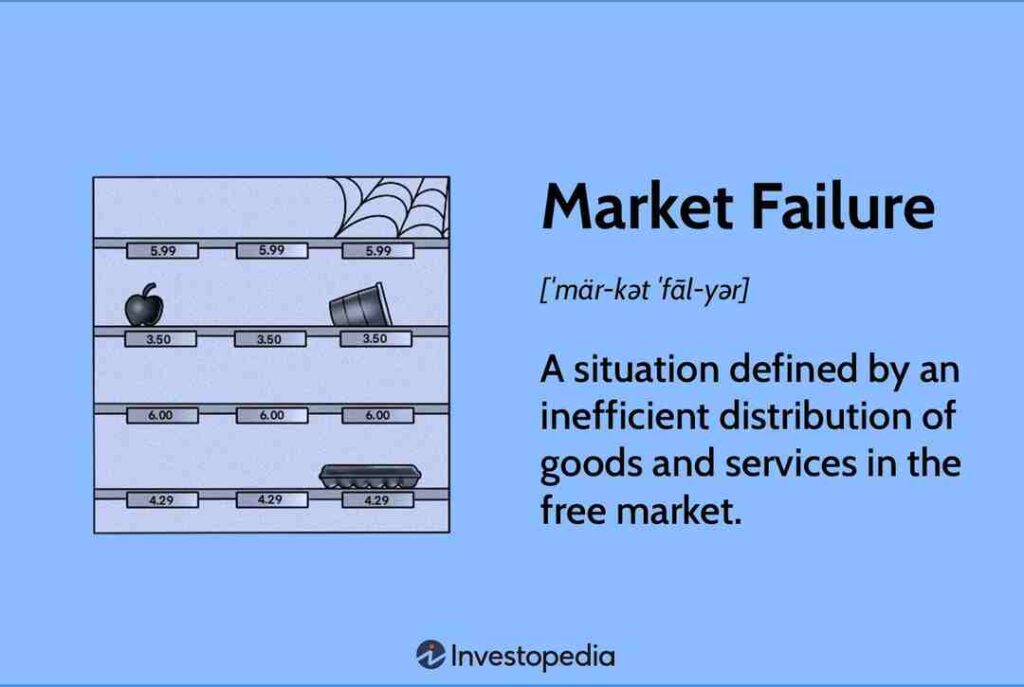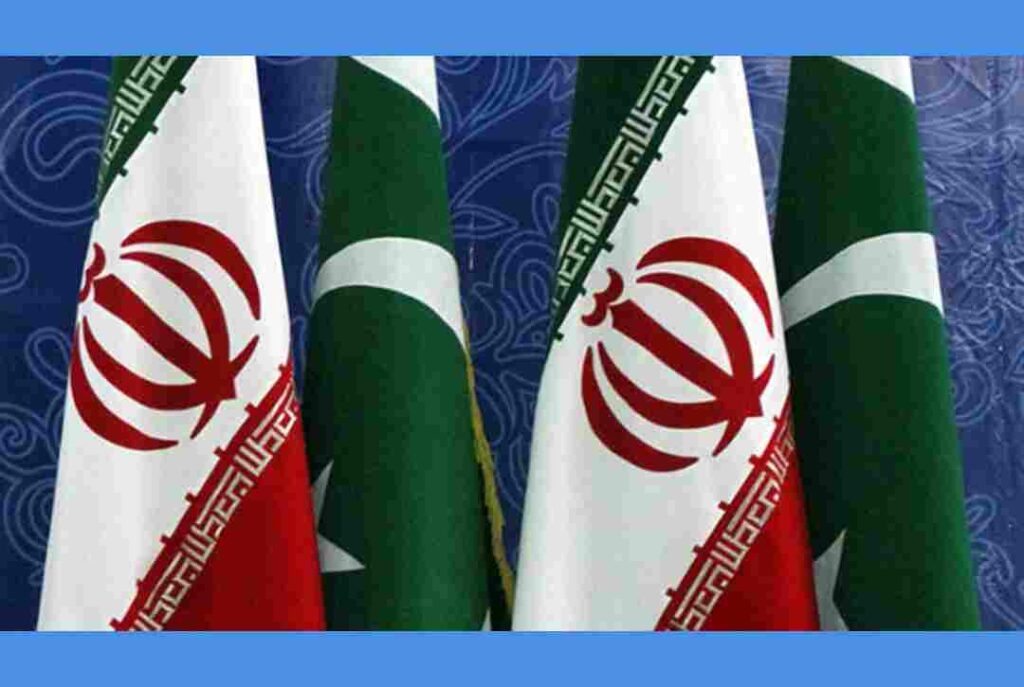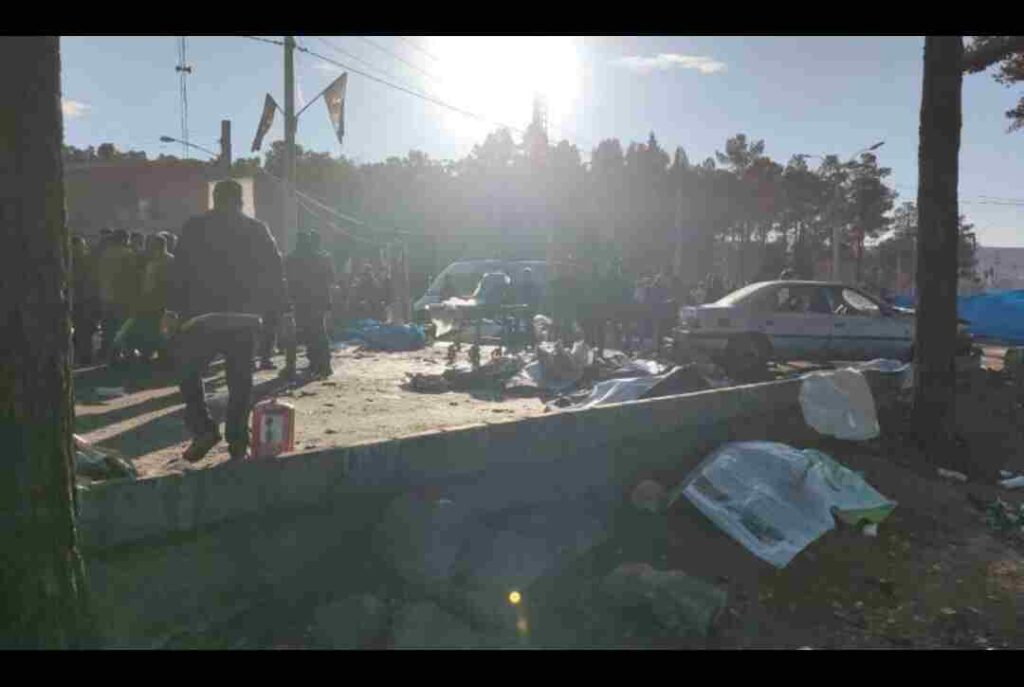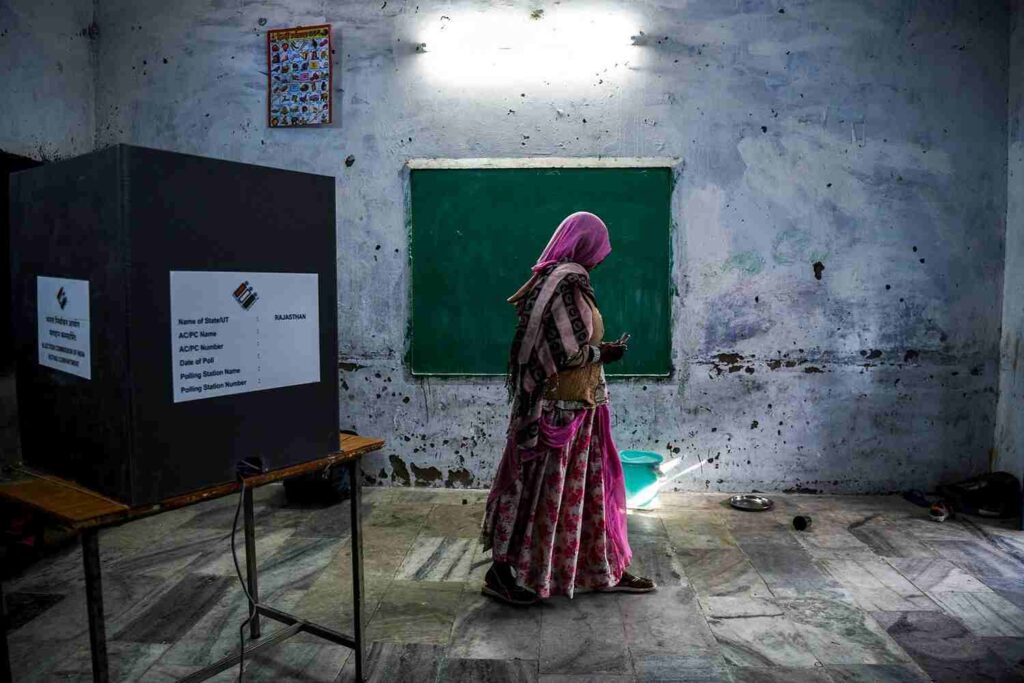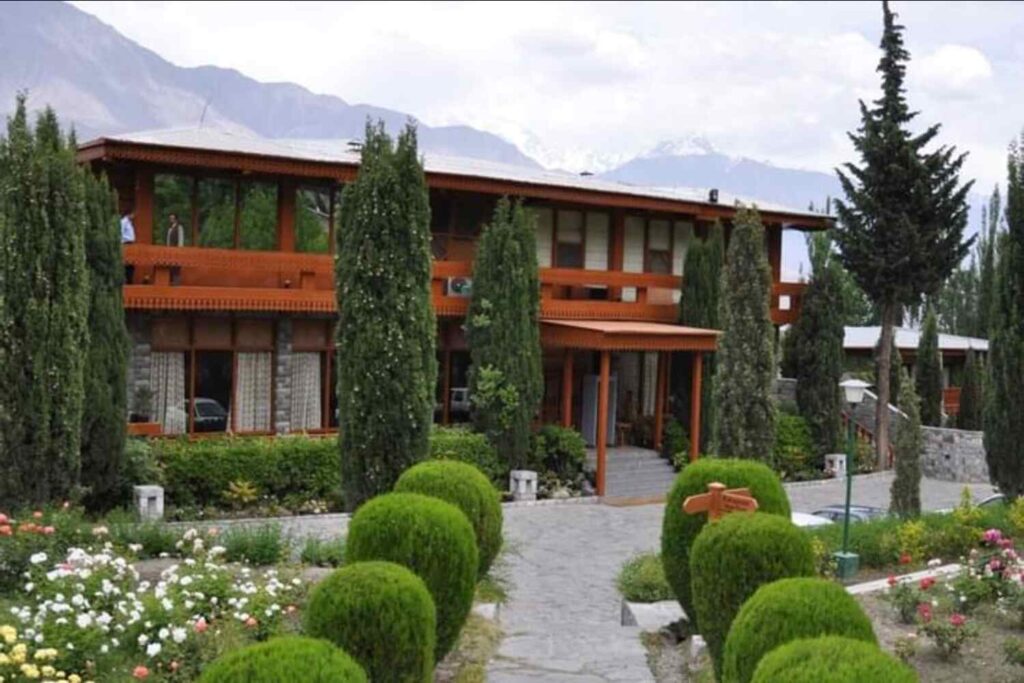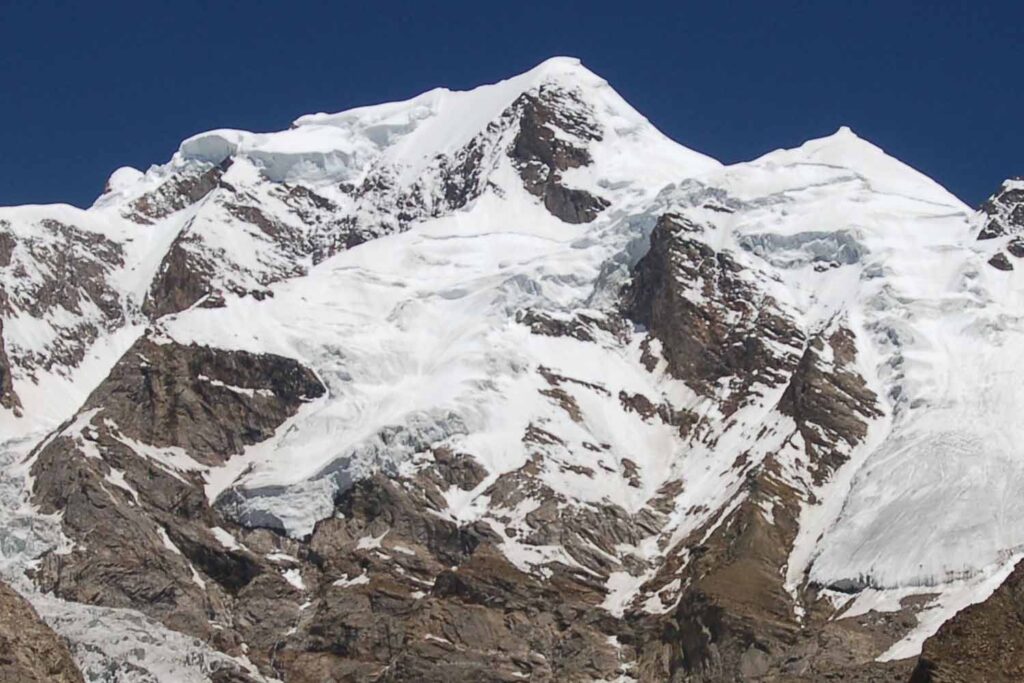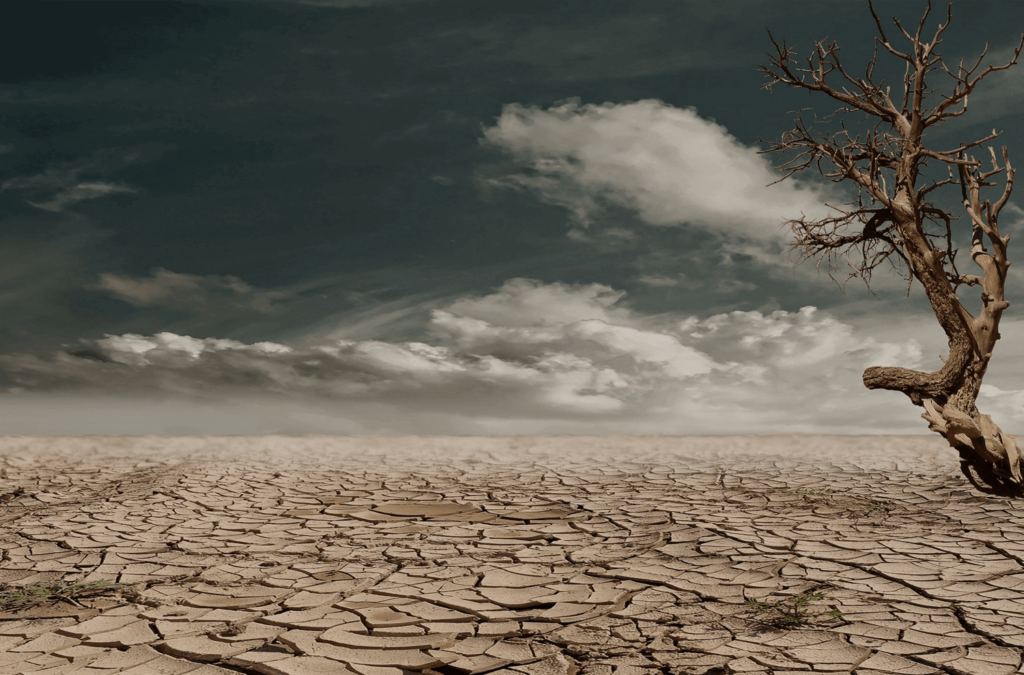Record Low Snowfall Raises Alarms for Water Security in HKH
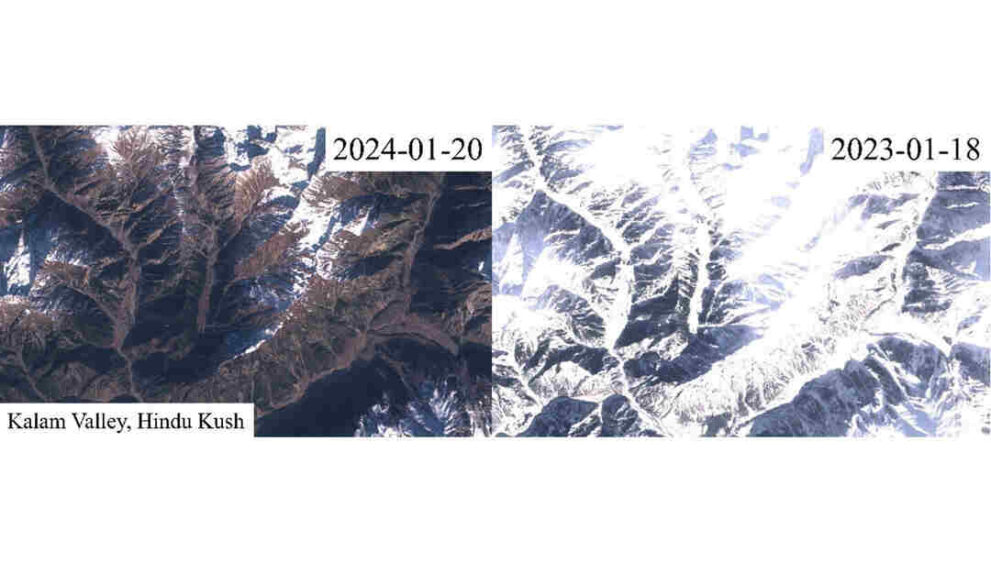
Kathmandu, Nepal – The absence of the usual winter snowfall in the Hindu Kush Himalaya (HKH) region, especially in the western Himalayas, is causing concern among farmers and experts.
According to a statement issued from the ICIMOD, This atypical winter, marked by little or no snowfall, directly impacts agriculture, posing a severe threat to the predominantly agrarian HKH region.
Unusual Winter of 2023/2024
The western Himalayas typically witness snow accumulation from October or November through March, serving as a crucial source of livelihood for mountain communities. However, the warmer-than-average temperatures this season have resulted in below-normal snow cover. Sher Muhammad, a Cryosphere Expert at ICIMOD, warns that even if significant snowfall occurs in February and March, it may be insufficient to compensate for the existing deficit.
Impact on Water Resources
Reduced snowfall leads to less ‘runoff’ when the snow melts, resulting in decreased water flow into rivers and streams. This scarcity could significantly diminish water availability for agriculture, posing a potential crisis.
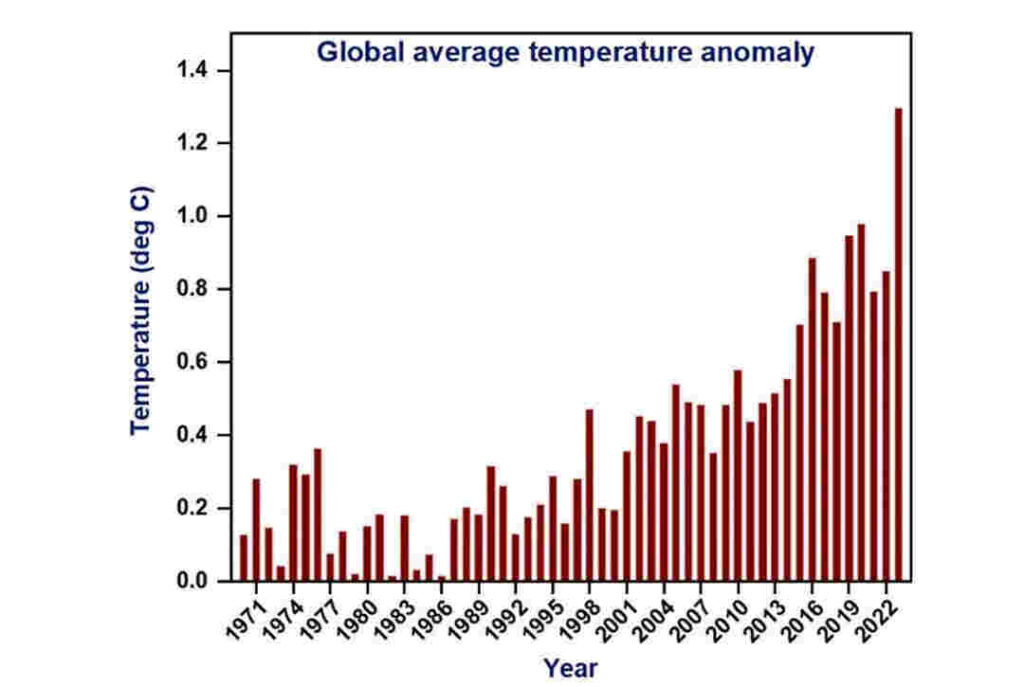
Growing Concerns for Farmers
Mountain communities, already grappling with challenges such as crop failure, livestock deaths, and fodder shortages, now face additional threats due to the extremely dry winter. The prolonged below-average snowpack accumulation is expected to strain water resources further, affecting rivers fed by mountain runoff.
Examples from the Region
- Nepal: In Humla District, north-western Nepal, the Limi Valley experiences a lack of precipitation, raising worries about agriculture and mountain ecosystems.
- Pakistan: Central Hunza in northern Pakistan, which should be covered in meters of snow, has not seen any snowfall this winter. Changes in snowfall patterns could lead to drought, affecting agriculture and water supplies.
Factors Contributing to Low Snowfall
Global heating, a key aspect of the climate crisis, is influencing weather patterns globally and regionally. Prolonged and intense La Niña – El Niño conditions, influenced by global heating, affect the ‘Western Disturbance,’ a meteorological phenomenon crucial for the HKH’s hydrological regime.
Call for Urgent Action
Arun Shrestha, a Senior climate change specialist at ICIMOD, emphasizes the need for urgent action to build resilience in Himalayan communities. He warns that an exceptionally dry winter may lead to catastrophes like avalanches and flash floods, underscoring the urgency of adapting to the impacts of snow drought.
Implications for Glaciers and Water Security
The Western Disturbance plays a crucial role in nourishing HKH glaciers, especially in the western region. Understanding and monitoring changes in the Western Disturbance are essential for predicting snowfall and addressing associated risks, particularly for water availability in highland and downstream areas.
Changing Monsoon Patterns
The region has experienced extended monsoons characterized by intense rainfall, leading to flooding and landslides. Notable shifts in precipitation phases, with traditionally snowfall regions experiencing more rain, underscore the need for adaptive measures.
In the face of these challenges, swift decisions on water management, optimizing food production, enhancing irrigation networks, and implementing Disaster Risk Reduction strategies are imperative to mitigate future risks and ensure the resilience of the region.

 English
English 